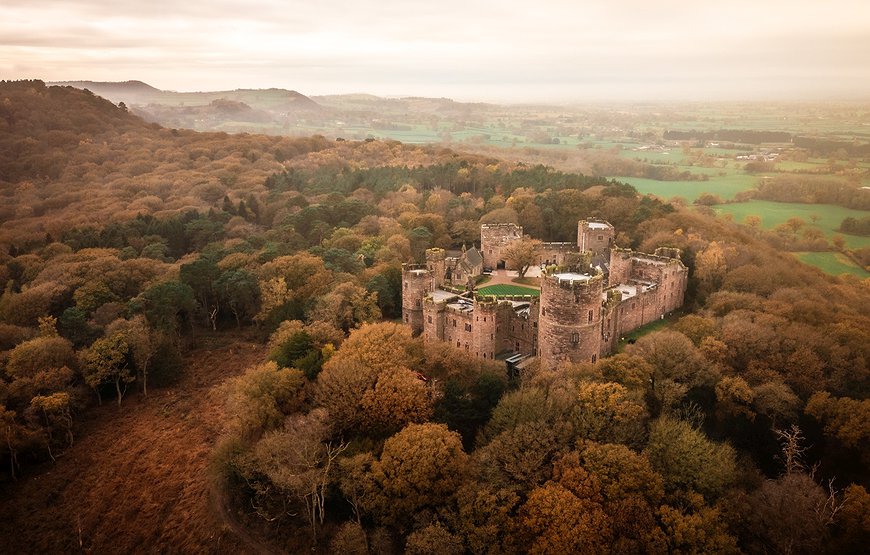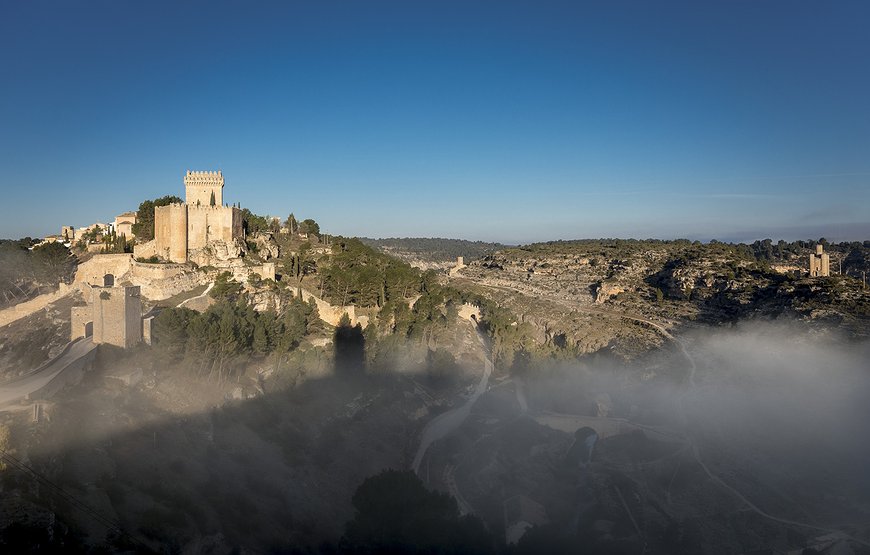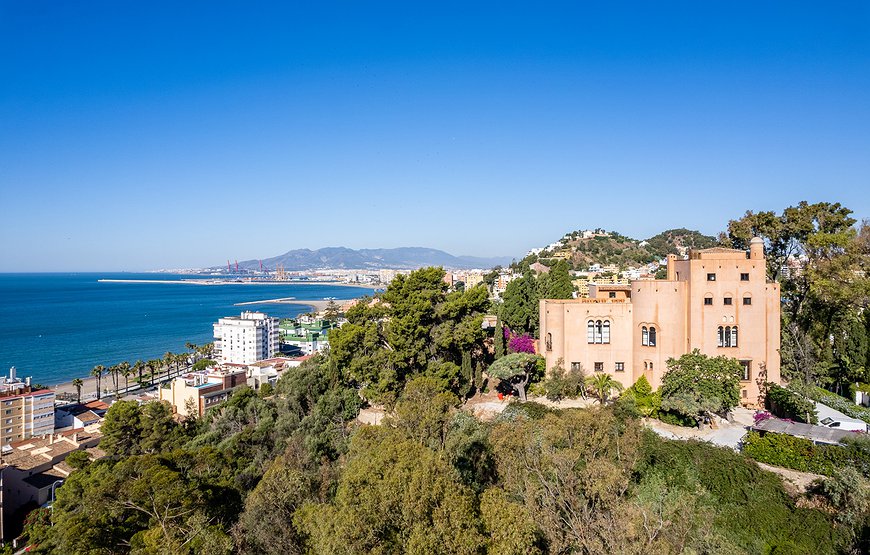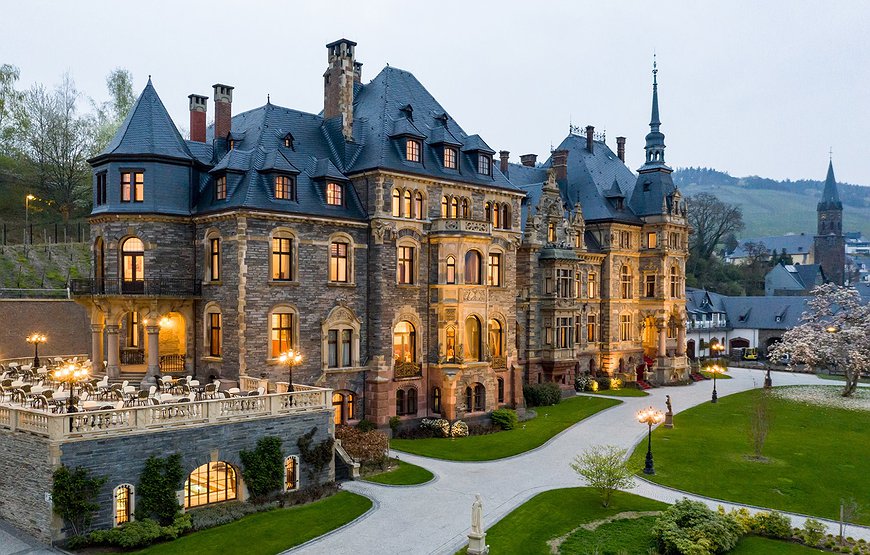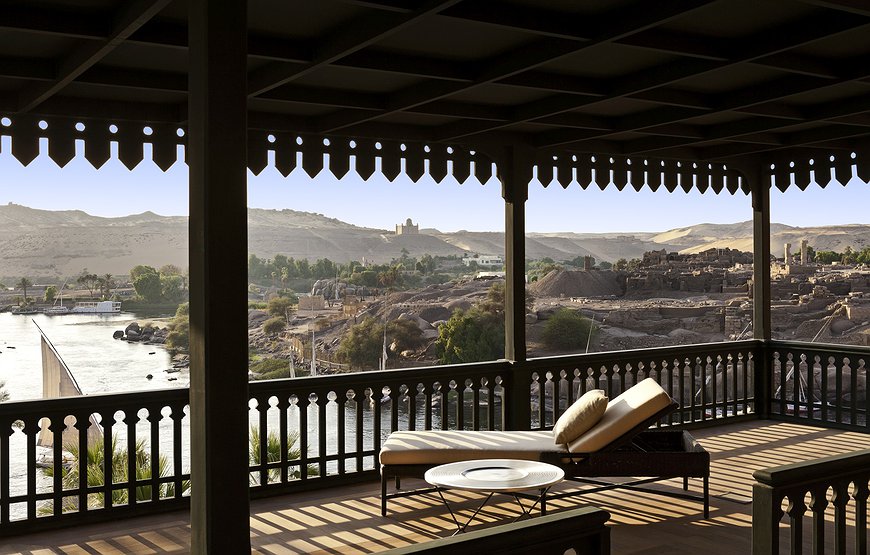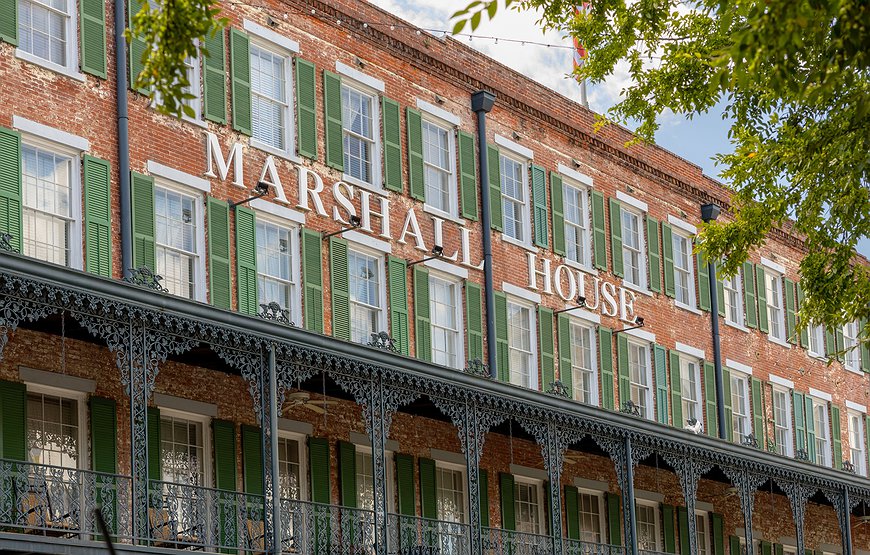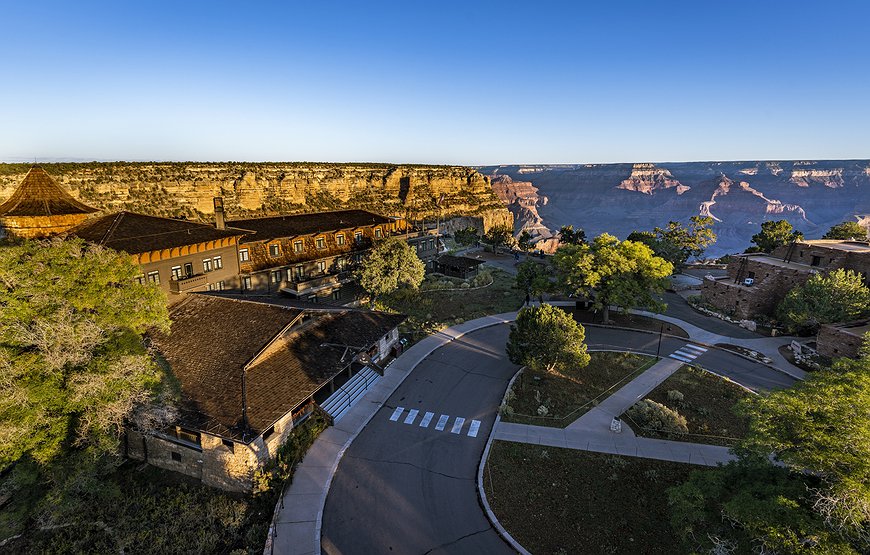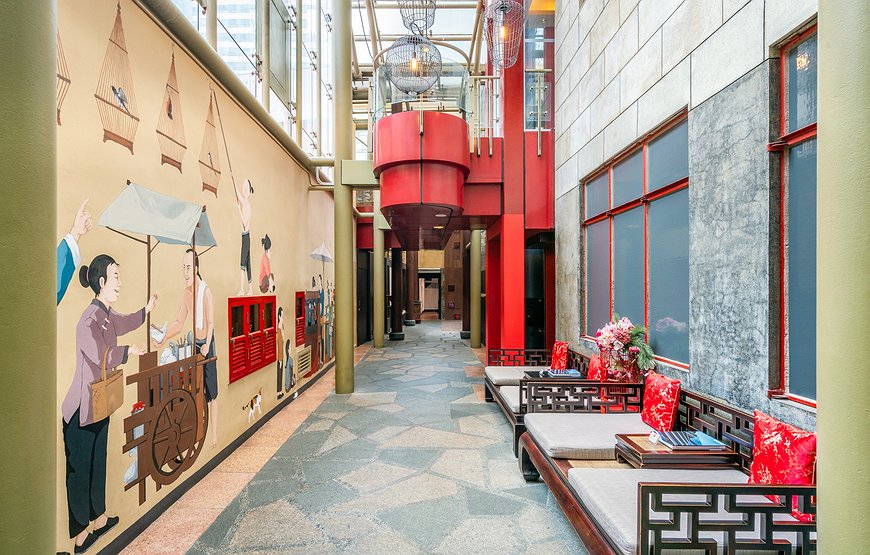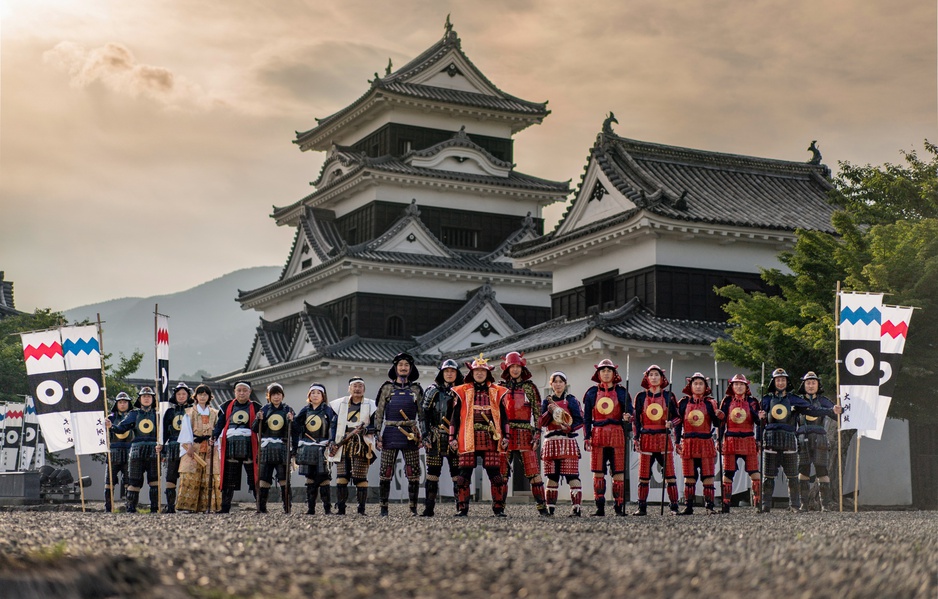
The conch shell sounds at dusk, echoing across the ancient stone walls of Ozu Castle. Smoke rises from matchlock guns as armored samurai fire a welcoming salute. This isn't a theme park attraction or historical reenactment - it's your check-in experience at the world's only castle hotel where you can actually sleep in a reconstructed wooden keep.
Located in the sleepy riverside town of Ozu in Ehime Prefecture, this 600-year-old castle offers something unprecedented: the chance to spend the night as a feudal lord, complete with all the theatrical pageantry that entails.
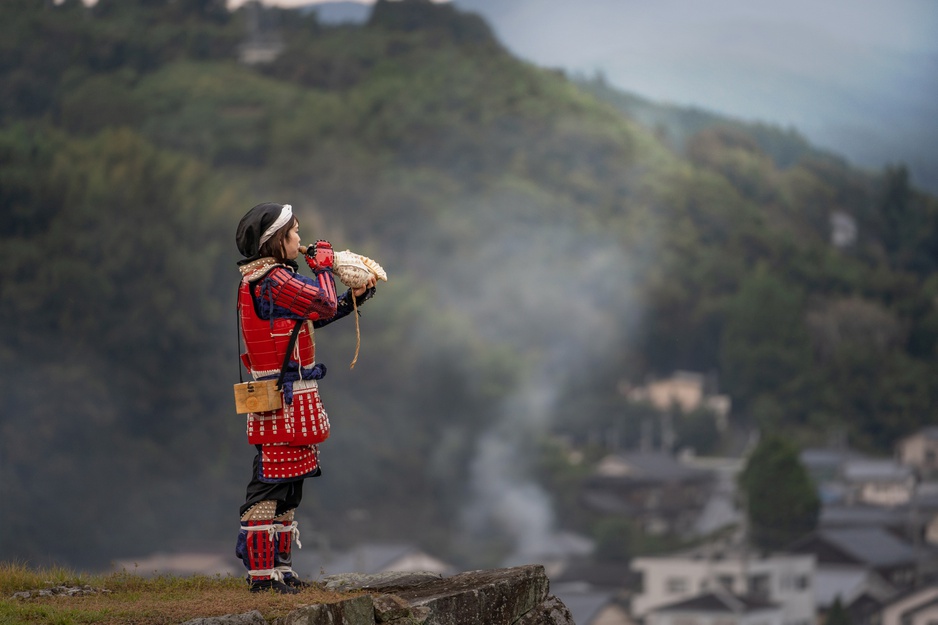
Photos by ANAGRAM | Jinkai AKA the war shell - a large conch seashell used as a trumpet by the samurai warriors
While Europe has plenty of castle hotels, none offer the authenticity of sleeping in an actual medieval tower, surrounded by nothing but tatami mats, sliding doors, and the weight of centuries.
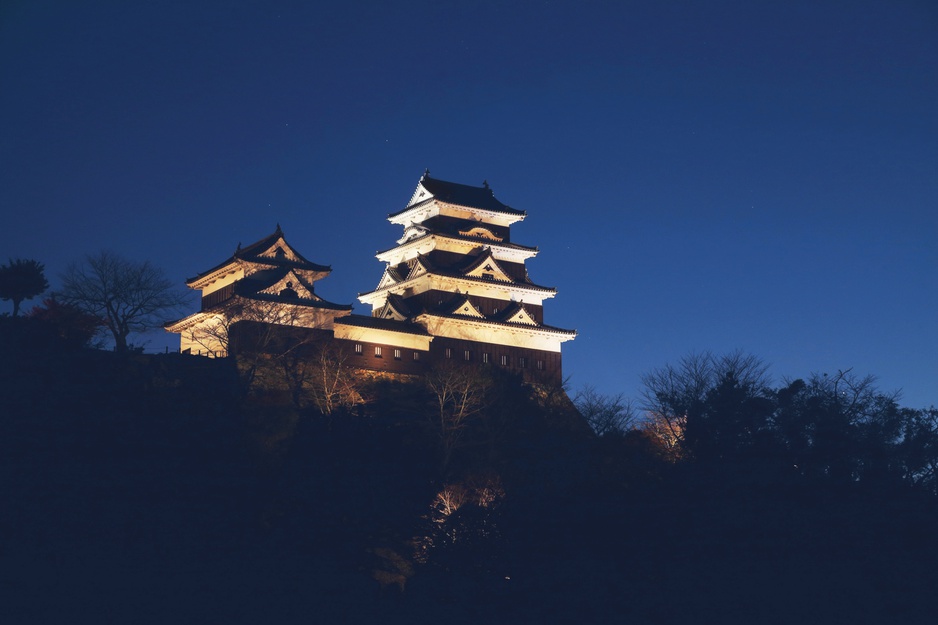
The castle is a marvel of authentic reconstruction. Unlike most Japanese castles, which are rebuilt with modern concrete, Ozu's four-story tower was painstakingly reconstructed in 2004 using traditional wooden techniques and 250-year-old trees.
The project was only possible because of an extraordinary collection of historical documents, including original architectural drawings and a wooden scale model that survived from the Edo period.
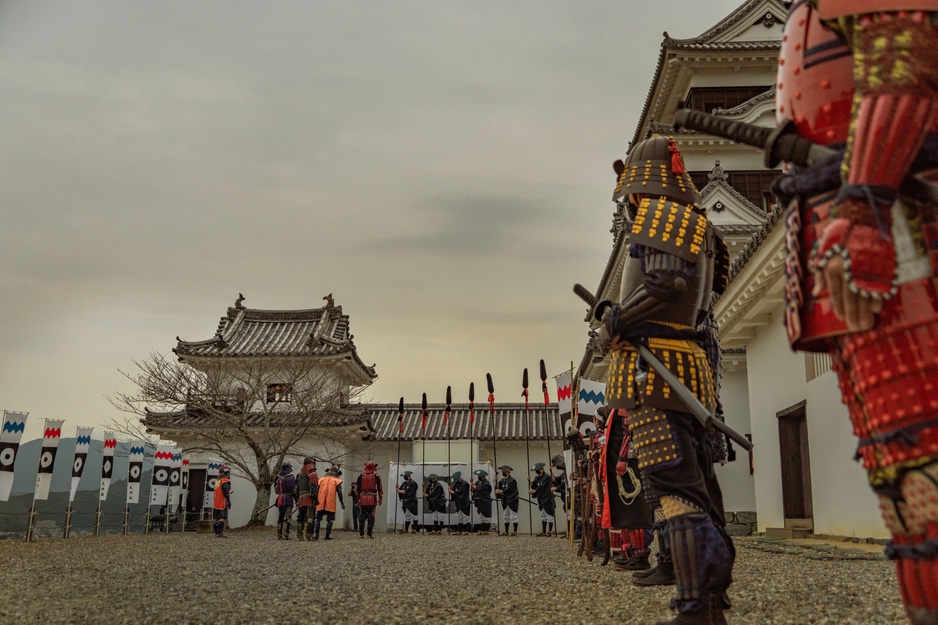
The result is a structure that feels genuinely ancient, with hand-hewn beams, creaking floors, and walls built using bamboo and mud instead of modern materials. UNESCO even recognized the traditional building techniques used in the restoration as an Intangible Cultural Heritage.
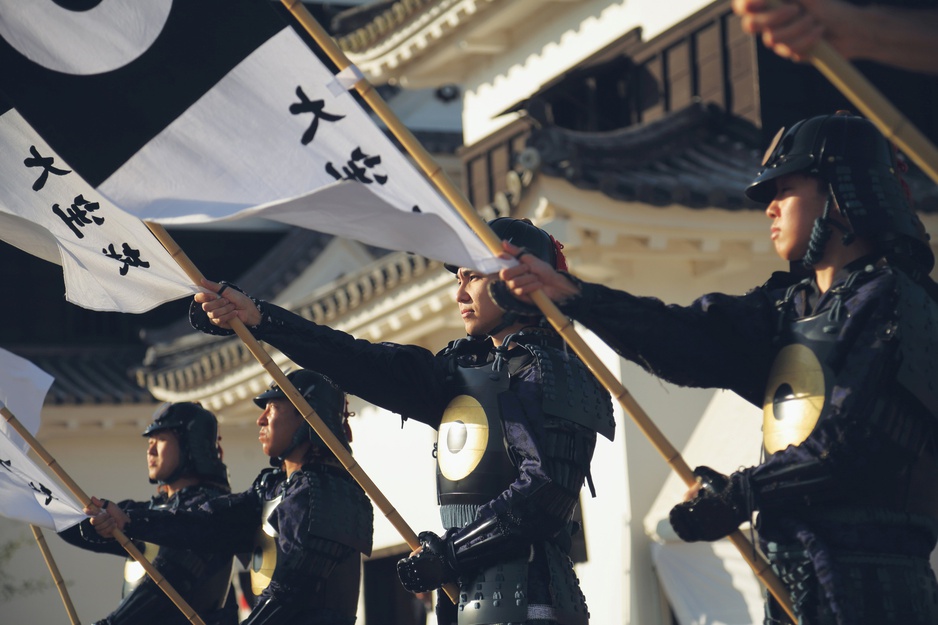
The experience begins before you even reach the castle grounds. Staff dressed as samurai meet guests at the airport and escort them to Ozu, where they're fitted with traditional armor (for men) or elaborate kimono (for women). As the sun sets, you process through the castle gates as the "new lord," welcomed by your retainers with drums, horns, and ceremonial gunfire.
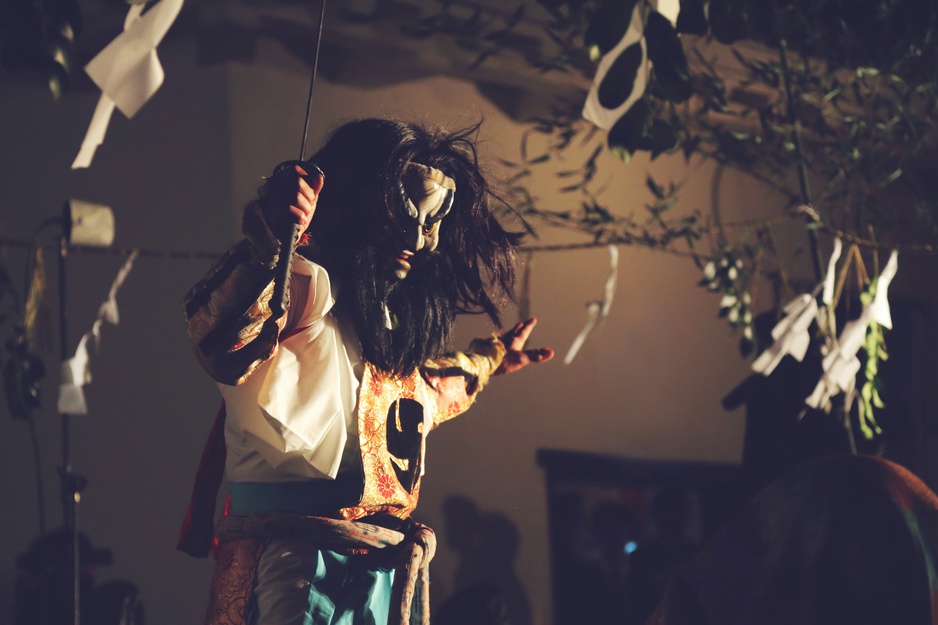
Traditional Kagura dance performance to entertain the Gods
It's fascinatingly over-the-top, but rooted in historical fact. The entire ceremony recreates the 1617 arrival of Sadayasu Kato, the castle's most famous lord, based on meticulous research of period documents.

Shinto (AKA Kagura) dance
Even the kagura sacred dances performed in the main courtyard follow traditional forms that have been passed down for generations.

Your bedroom is on the first floor of the tower, furnished simply with tatami mats and futon bedding.
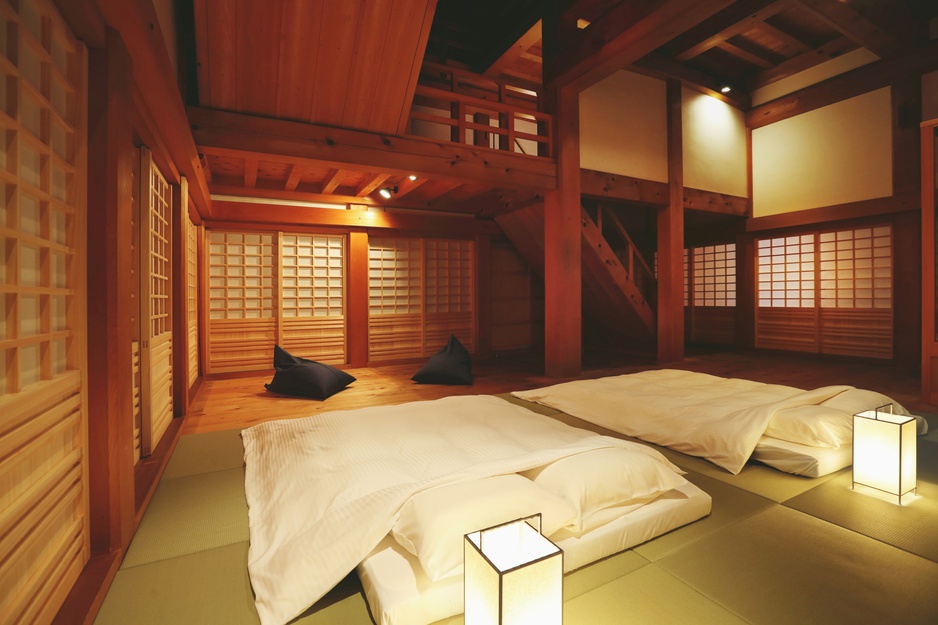
There's no air conditioning, no television, no wifi - just the sounds of wind through the wooden shutters and the occasional creak of centuries-old timber. It's a far cry from modern luxury, but that's entirely the point.
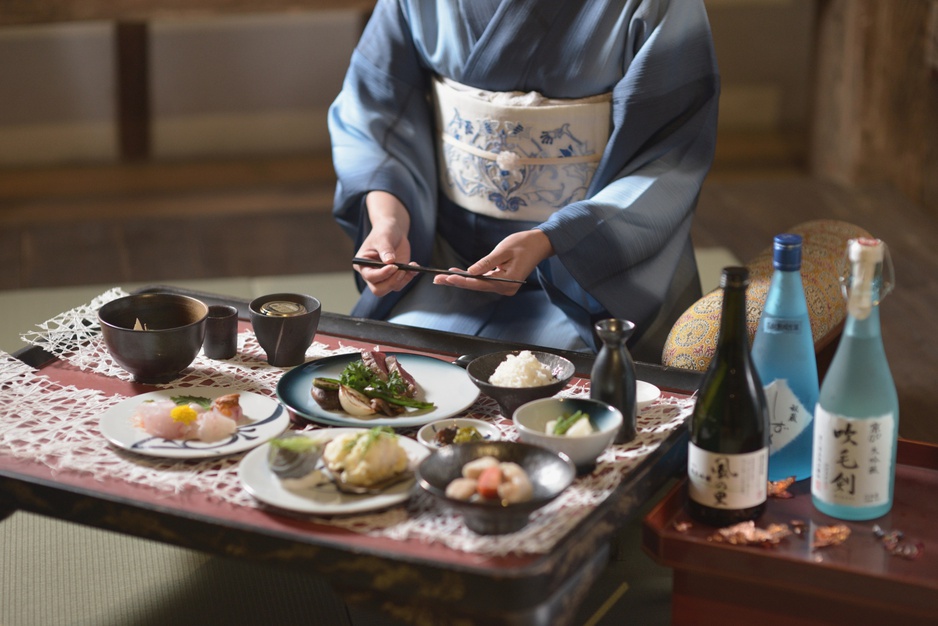
The isolation is intentional. During your stay, the entire castle grounds are yours alone - no other guests, no tour groups, just you and the ghosts of the past. Even the staff are limited to a single butler and chef, who appear only when needed before melting back into the shadows.
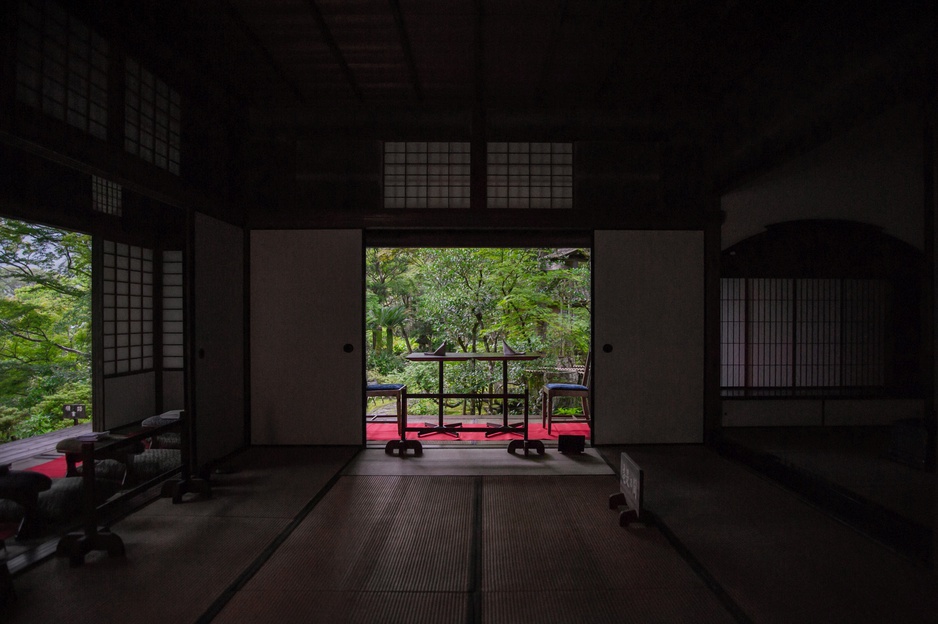
Dinner is served in one of the castle's original towers, designated as Important Cultural Properties. The "Lord's Meal" features dishes that would have been familiar to the castle's historical inhabitants, prepared using local ingredients like the famous Ozu taro potatoes and fresh river fish.
The meal is served on ceramics from the local Tobeyaki tradition, originally developed by the Kato family as a way to boost the domain's finances.
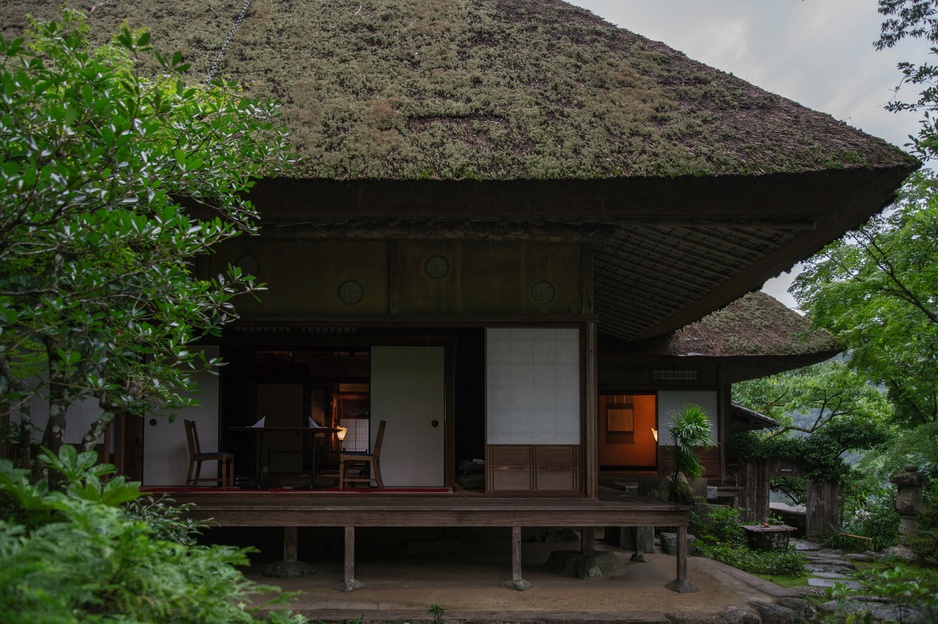
Garyu Sanso Villa
The experience extends beyond the castle walls. Breakfast is served at the nearby Garyu Sanso, a stunning traditional villa overlooking the Hiji River.
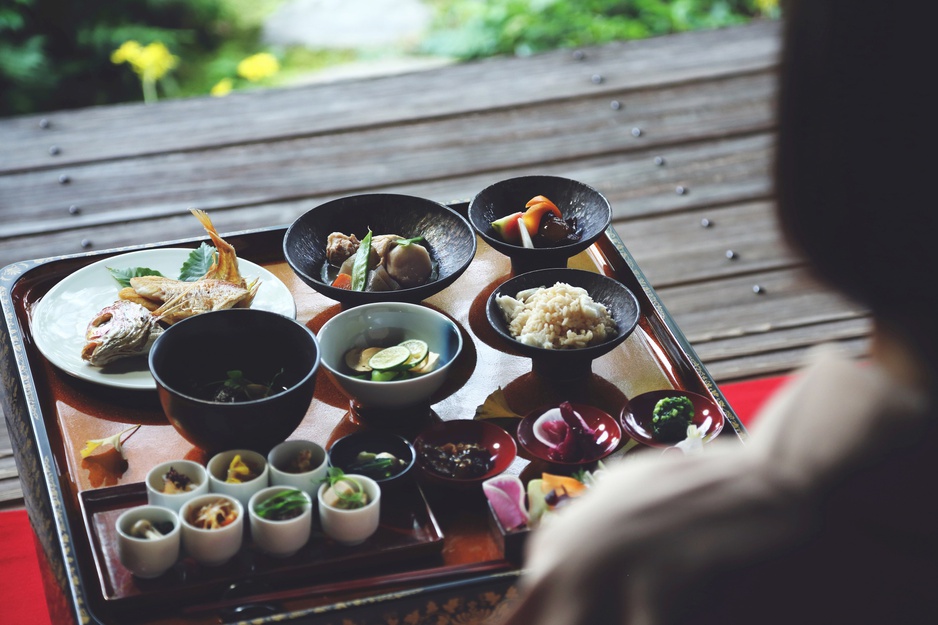
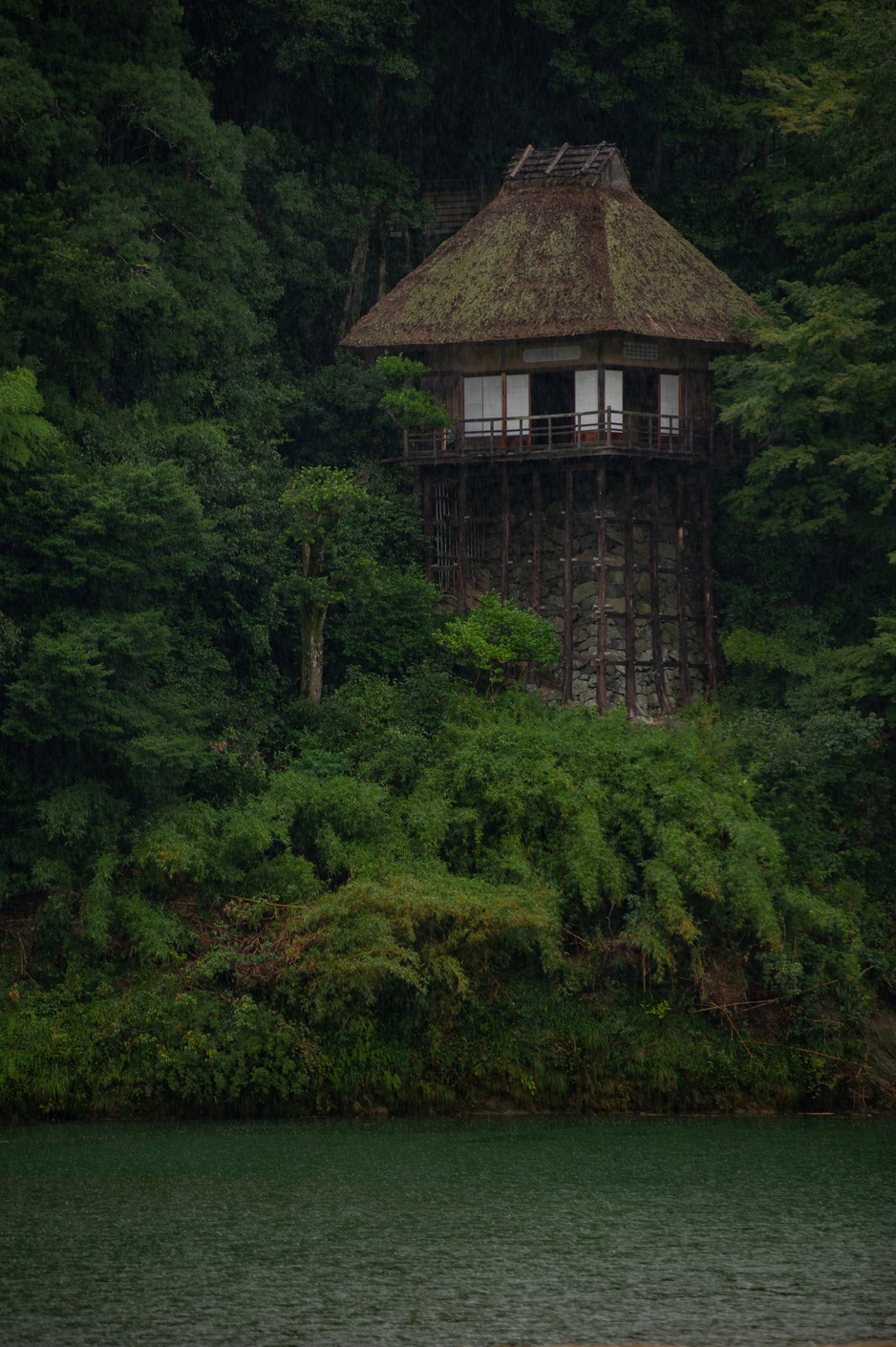
Built in the early 1900s, it's considered one of Japan's finest examples of sukiya-zukuri architecture - the refined style associated with tea houses and imperial villas.
903 Ozu, Ehime 795-0012, Japan

